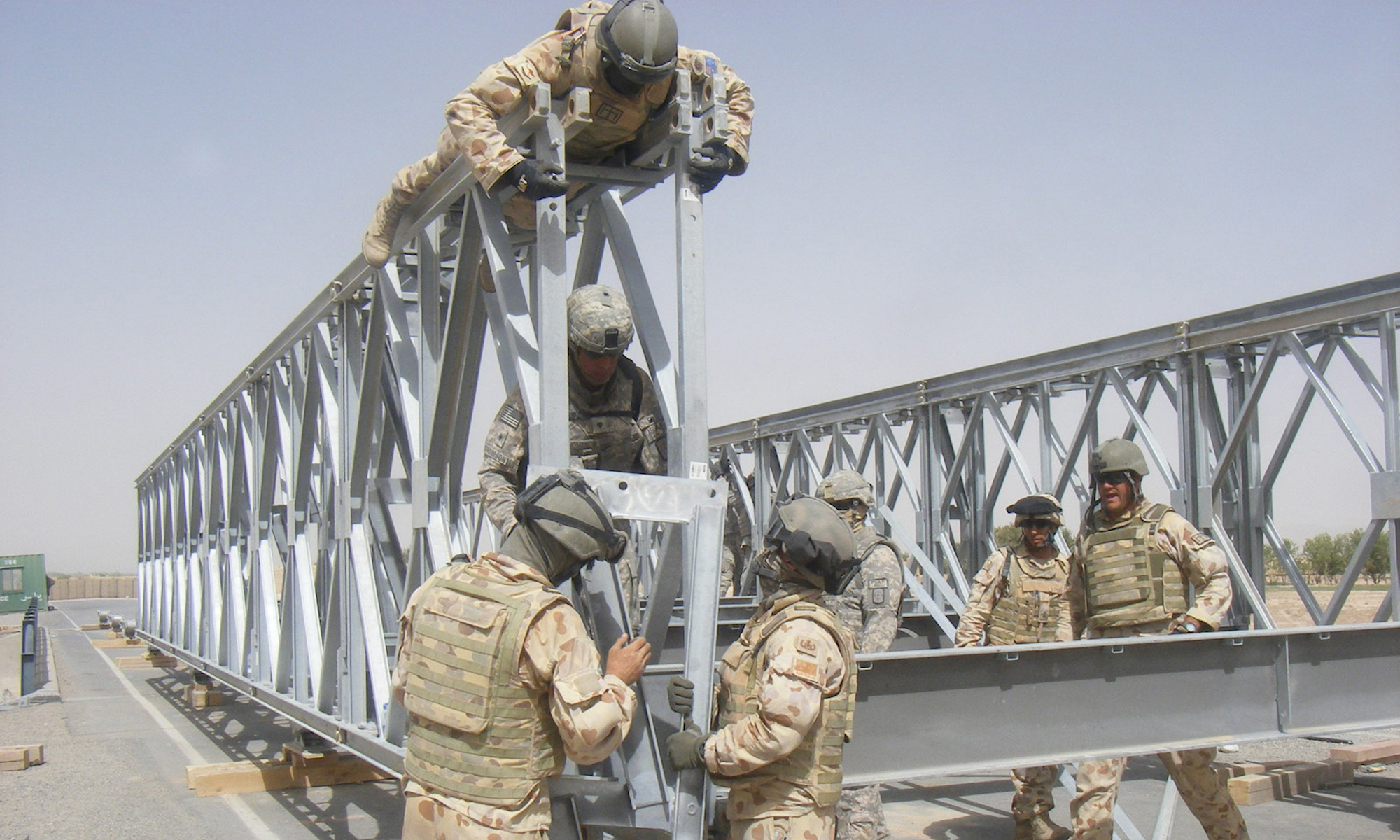Reintegration was prioritised over demobilisation and disarmament in Tajikistan’s peace process. Inadequate disarmament rates were disregarded, but integration of opposition fighters into military and law enforcement units was relatively swift. This created high levels of trust among the former fighters and commanders. The quick provision of incentives, such as comprehensive amnesties and the offer of government positions and economic assets created stakes in the peace process for a number of actors. Transitional justice was largely overlooked. In this way, the case of Tajikistan runs counter to key elements of what has been termed the ‘post-conflict reconstruction orthodoxy’. At the same time, Tajikistan is a rare example of the emergence of post-war stability. This article provides a detailed account of the DDR process and outlines the incentives that it created for the warring parties. It also assesses the emergence of spoilers and the government’s counter strategies. The article concludes by highlighting the consolidation of President Rakhmonov’s power since 2001, but also raises some questions regarding the viability of Tajikistan’s long-term political and economic development.
Conflicted Outcomes and Values: (Neo)Liberal Peace in Central Asia and Afghanistan
The implementation of liberal peace in the context of both transition economies and post-conflict situations often involves policy advice from international financial institutions for rapid opening of the economic and political systems. Experience, however, shows that the immediate outcome is increased poverty and inequality, leading to high social and human costs. Efficiency-based inquiries on externally supported state building and peacebuilding projects often use a problem solving approach which seeks ways to improve performance without questioning the validity of the liberal peace model. Inquiries based on critical theory, however, question the underlying assumptions and the legitimacy of the project itself. Using evidence from Central Asia and Afghanistan, the article argues that legitimacy depends on both how much, in the eyes of local populations, liberal peace actually improves everyday life, and how much it is valued as a goal and adheres to internal norms and values. The main proposition is that values determine how the liberal peace model is understood, while outcomes impact on how the project is accepted. High expectations of protection and welfare during crises also mean that the state can play a key role as legitimizer.
From Promise to Practice: Strengthening UN Capacities for the Prevention of Violent Conflict
How can the United Nations, regional and subregional organizations, government donors, and other policymakers best apply the tools of conflict prevention to the wide range of intrastate conflict situations actually found in the field? The detailed case studies and analytical chapters in this book offer operational lessons for fashioning strategy and tactics to meet the challenges of specific conflicts, both potential and actual. The cases included are Burundi, Colombia, East Timor, Fiji, Georgia, Kenya, Liberia, Tajikistan, and Tanzania/Zanzibar.
Post-Conflict Tajikistan: The Politics of Peacebuilding and the Emergence of Legitimate Order
Peacebuilding as Practice: Discourses from Post-conflict Tajikistan
Peacebuilding is a contested concept which gains meaning as it is practised. While academic and policy-relevant elaboration of the concept is of interest to international experts, interpretations of peacebuilding in the Central Asian arena may depart immensely from those envisaged within the western-dominated ‘international community’. This article opens up the dimensions and contingent possibilities of “peacebuilding” through an investigation of two alternative approaches found in the context of Tajikistan. It makes the critique that peacebuilding represents one contextually grounded basic discourse. In the case of Central Asia, and in particular post-conflict Tajikistan, at least two other basic discourses have been adopted by parties to the post-Soviet setting: elite “mirostroitelstvo” (Russian: peacebuilding) and popular ‘tinji’ (Tajik: wellness/peacefulness). Based largely on fieldwork conducted in Tajikistan between 2003 and 2005, the argument here is that none of these three discourses is merely an artificial or cynical construct but that each has a certain symbolic and normative value. Consequently, a singular definition of Tajik ‘peacebuilding’ proves elusive as practices adapt to the relationships between multiple discourses and identities in context. The article concludes that ‘peacebuilding’ is a complex and intersubjective process of change entailing the legitimation of new relationships of power.
